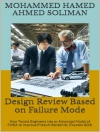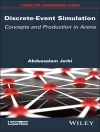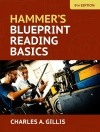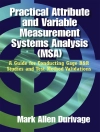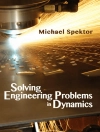This book focuses on the fields of fuzzy logic and metaheuristic algorithms, particularly the harmony search algorithm and fuzzy control. There are currently several types of metaheuristics used to solve a range of real-world of problems, and these metaheuristics contain parameters that are usually fixed throughout the iterations. However, a number of techniques are also available that dynamically adjust the parameters of an algorithm, such as probabilistic fuzzy logic.
This book proposes a method of addressing the problem of parameter adaptation in the original harmony search algorithm using type-1, interval type-2 and generalized type-2 fuzzy logic. The authors applied this methodology to the resolution of problems of classical benchmark mathematical functions, CEC 2015, CEC2017 functions and to the optimization of various fuzzy logic control cases, and tested the method using six benchmark control problems – four of the Mamdani type: the problem of filling a water tank, theproblem of controlling the temperature of a shower, the problem of controlling the trajectory of an autonomous mobile robot and the problem of controlling the speed of an engine; and two of the Sugeno type: the problem of controlling the balance of a bar and ball, and the problem of controlling control the balance of an inverted pendulum. When the interval type-2 fuzzy logic system is used to model the behavior of the systems, the results show better stabilization because the uncertainty analysis is better. As such, the authors conclude that the proposed method, based on fuzzy systems, fuzzy controllers and the harmony search optimization algorithm, improves the behavior of complex control plants.
विषयसूची
Introduction to Fuzzy Harmony Search.- Theory of the Original Harmony Search Method.- Proposed Fuzzy Harmony Search Method.- Study Cases.- Conclusion.


